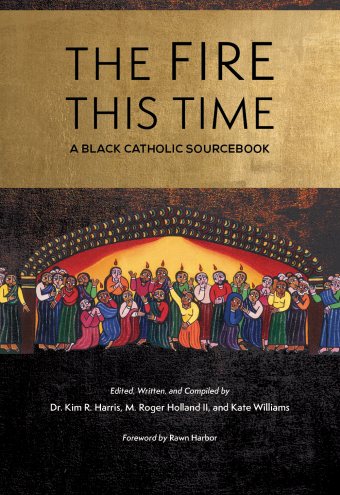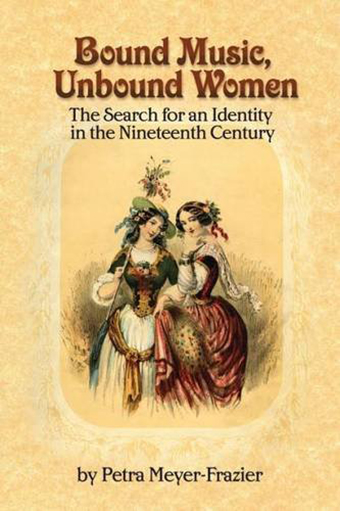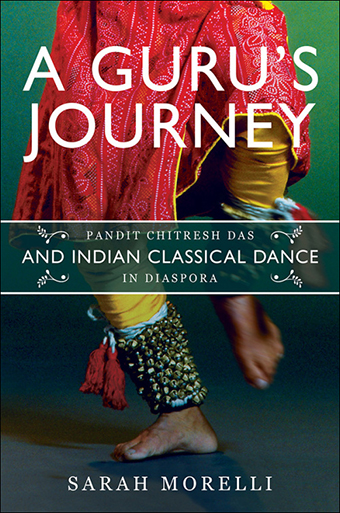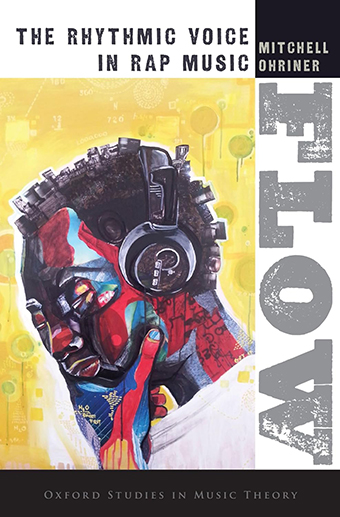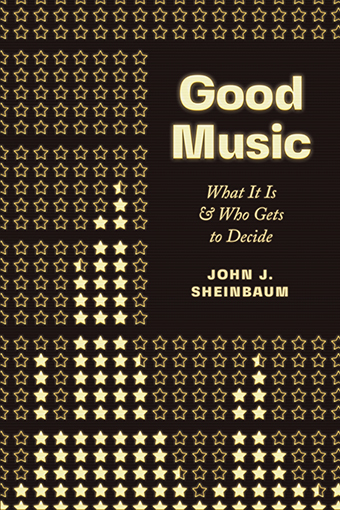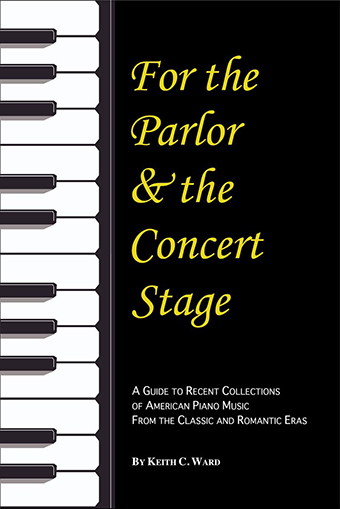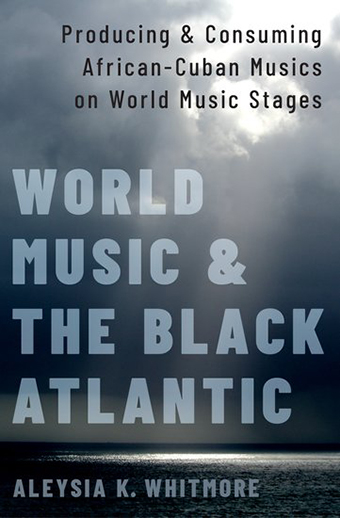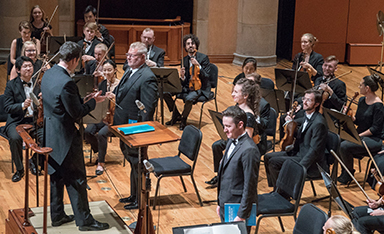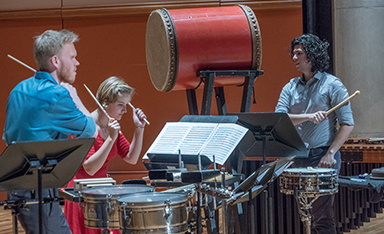Books by Lamont Faculty
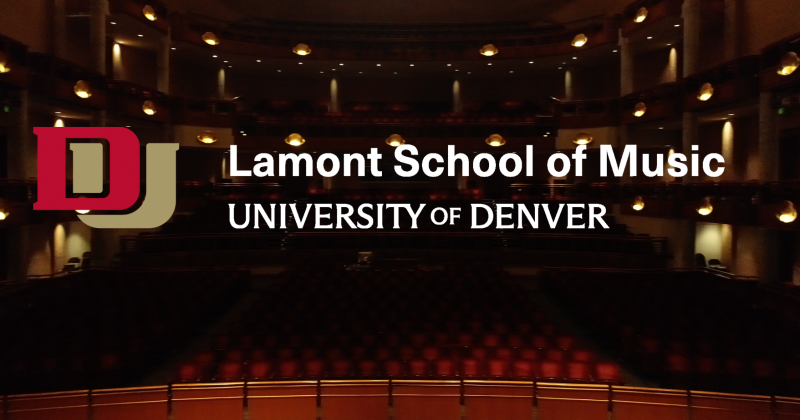
The Fire This Time: A Black Catholic Sourcebook
Edited, Written, and Compiled by Dr. Kim R. Harris, M. Roger Holland II, and Kate Williams
This book from GIA Publications is for liturgists, musicians, parish committees, catechists, students, scholars, interested family and friends, as well as fellow travelers of different faith communities, and allies who continue to journey and struggle alongside members of the Black Catholic community.
Bound Music, Unbound Women: The Search for an Identity in the Nineteenth Century
by Petra Meyer-Frazier
During the nineteenth century the households of advantaged Americans were tempered by a widely accepted parlor culture that informed the construction of gender and so many other related aspects of society. Central to this way of life was a set of expectations and behaviors for the American womanin fact, an ideal. In spite of dangers and excesses well addressed at the time, the cultivation of musical interests by young women was encouraged and admired. Professor Meyer-Frazier has turned her attention to this subject with a thoughtful study of the sheet music collected by girls during their years of education and courtship. A large number of these keepsake volumes of so-called parlor music survive and bear witness to the lives of their owners. With the benefit of period literature and recent scholarship Dr. Meyer-Frazier places these documents in context and considers their nature and meaning from a variety of sociological and musicological angles. Nine lucid essays are enhanced by biographical vignettes of representative collectors and by iconographical examples adorning sheet music covers.
A Guru's Journey: Pandit Chitresh Das and Indian Classical Dance in Diaspora
by Sarah Morelli
An important modern exponent of Asian dance, Pandit Chitresh Das brought kathak to the United States in 1970. The North Indian classical dance has since become an important art form within the greater Indian diaspora. Yet its adoption outside of India raises questions about what happens to artistic practices when we separate them from their broader cultural contexts.
A Guru's Journey provides an ethnographic study of the dance form in the San Francisco Bay Area community formed by Das. Sarah Morelli, a kathak dancer and one of Das’s former students, investigates topics in teaching, learning, and performance that developed around Das during his time in the United States. In modifying kathak’s form and teaching for Western students, Das negotiates questions of Indianness and non-Indianness, gender, identity, and race. Morelli lays out these discussions for readers with the goal of deepening their knowledge of kathak aesthetics, technique, and theory. She also shares the intricacies of footwork, facial expression in storytelling, and other aspects of kathak while tying them to the cultural issues that inform the dance.
Flow: The Rhythmic Voice in Rap Music
by Mitchell Ohriner
From its dynamic start at dance parties in the South Bronx in the late 1970s, hip hop and rap music have exploded into a dominant style of popular music in the United States and a force for activism and expression all over the world. So, too, has scholarship on hip hop and rap music grown. Yet much of this scholarship, employing methods drawn from sociology and literature, leaves unaddressed the expressive musical choices made by hip hop artists. Fundamental among these choices is the rhythm of the rapping voice, termed "flow."
Flow presents unique theoretical and analytical challenges. It is rhythmic in the same way other music is rhythmic, but also in the way speech and poetry are rhythmic. For the first time, Mitchell Ohriner's Flow: The Rhythmic Voice in Rap Music reconciles approaches to key concepts of rhythm, such as meter, periodicity, patterning, and accent, treated independently across other branches of scholarship. Ohriner theorizes flow by weaving between the methods of computational music analysis and humanistic close reading. Through the analysis of large collections of verses and individual tracks, the book addresses theories of rhythm, meter, and groove in the unique ecology of rap music. In a series of case studies in the second half, the work of Eminem clarifies how flow can relate to text, the work of Black Thought of The Roots clarifies how flow can relate to other instrumental streams, and the work of Talib Kweli clarifies how flow can relate to rap's persistent meter. While Ohriner focuses on rap music throughout the book, the methods he introduces will be useful for other musical genres that feature the voice freely interacting with a more rigid metric framework.
Good Music: What It Is & Who Gets to Decide
By John J. Sheinbaum
Over the past two centuries Western culture has largely valorized a particular kind of “good” music—highly serious, wondrously deep, stylistically authentic, heroically created, and strikingly original—and, at the same time, has marginalized music that does not live up to those ideals.
In Good Music, John J. Sheinbaum explores these traditional models for valuing music. By engaging examples such as Handel oratorios, Beethoven and Mahler symphonies, jazz improvisations, Bruce Springsteen, and prog rock, he argues that metaphors of perfection do justice to neither the perceived strengths nor the assumed weaknesses of the music in question. Instead, he proposes an alternative model of appreciation where abstract notions of virtue need not dictate our understanding. Good music can, with pride, be playful rather than serious, diverse rather than unified, engaging to both body and mind, in dialogue with manifold styles and genres, and collaborative to the core. We can widen the scope of what music we value and reconsider the conventional rituals surrounding it, while retaining the joys of making music, listening closely, and caring passionately.
For the Parlor & the Concert Stage: A Guide to Recent Collections of American Piano Music from Colonial Times through the 19th Century
by Keith Ward
No thoughtful observer of America s love affair with the piano and piano music would ever suggest that, on the Western side of the Atlantic, the splendid accomplishments of European composers and performers have not been generously embraced. The treasury of European keyboard music, to the present day, represents the lion s share of the repertory studied, taught, publicly presented, and recorded in this country. Such widespread appreciation, nonetheless, has brought relative obscurity to those composers of piano music who cultivated their art as citizens or residents of the United States. Professor Keith Ward addresses this state of affairs and with his work invites pianists from beginners to concert artists as well as teachers to reconsider the virtues of the often dismissed body of American keyboard music dating from the eighteenth and nineteenth centuries, especially in light of its availability in recently published collections.
World Music & The Black Atlantic: Producing & Consuming African-Cuban Musics on World Music Stages
by Aleysia K. Whitmore
In the mid-20th century, African musicians took up Cuban music as their own and claimed it as a marker of black Atlantic connections and of cosmopolitanism untethered from European colonial relations. Today, Cuban/African bands popular in Africa in the 1960s and '70s have moved into the world music scene in Europe and North America, and world music producers and musicians have created new West African-Latin American collaborations expressly for this market niche. World Music and the Black Atlantic follows two of these bands, Orchestra Baobab and AfroCubism, and the industry and audiences that surround them-from musicians' homes in West Africa, to performances in Europe and North America, to record label offices in London. World Music and the Black Atlantic examines the intensely transnational experiences of musicians, industry personnel, and audiences as they collaboratively produce, circulate, and consume music in a specific post-colonial era of globalization.
Musicians, industry personnel, and audiences work with and push against one another as they engage in personal collaborations imbued with histories of global travel and trade. They move between and combine Cuban and Malian melodies, Norwegian and Senegalese markets, and histories of slavery and independence as they work together to create international commodities. Understanding the unstable and dynamic ways these peoples, musics, markets, and histories intersect elucidates how world music actors assert their places within, and produce knowledge about, global markets, colonial histories, and the black Atlantic. World Music and the Black Atlantic offers a nuanced view of a global industry that is informed and deeply marked by diverse transnational perspectives and histories of transatlantic exchange.
